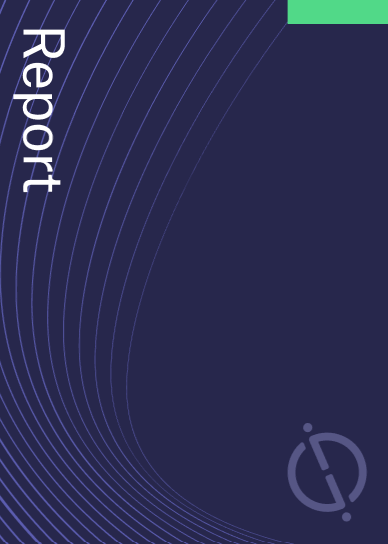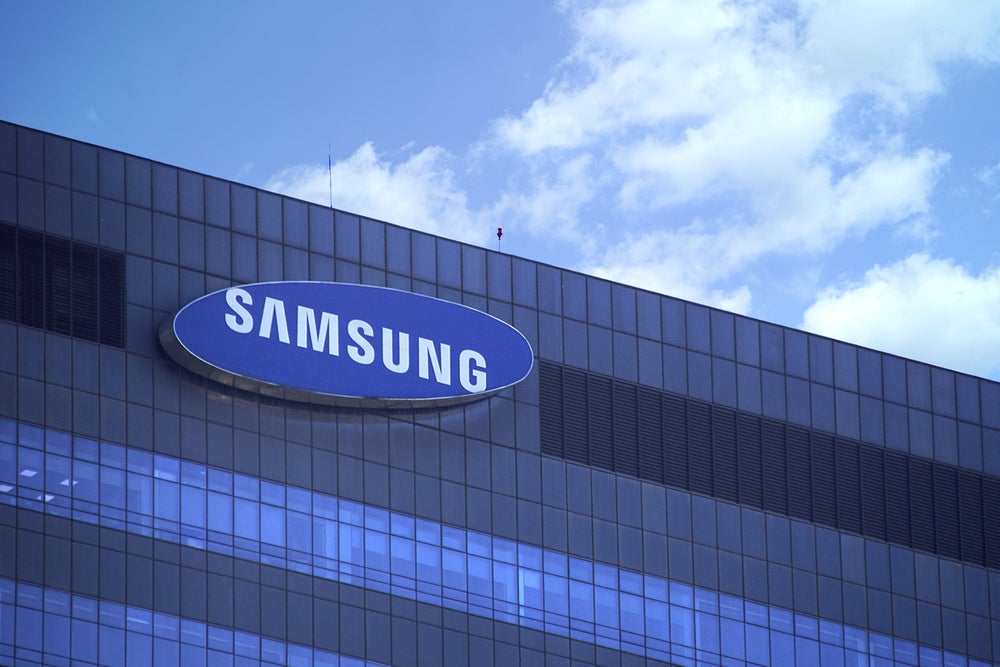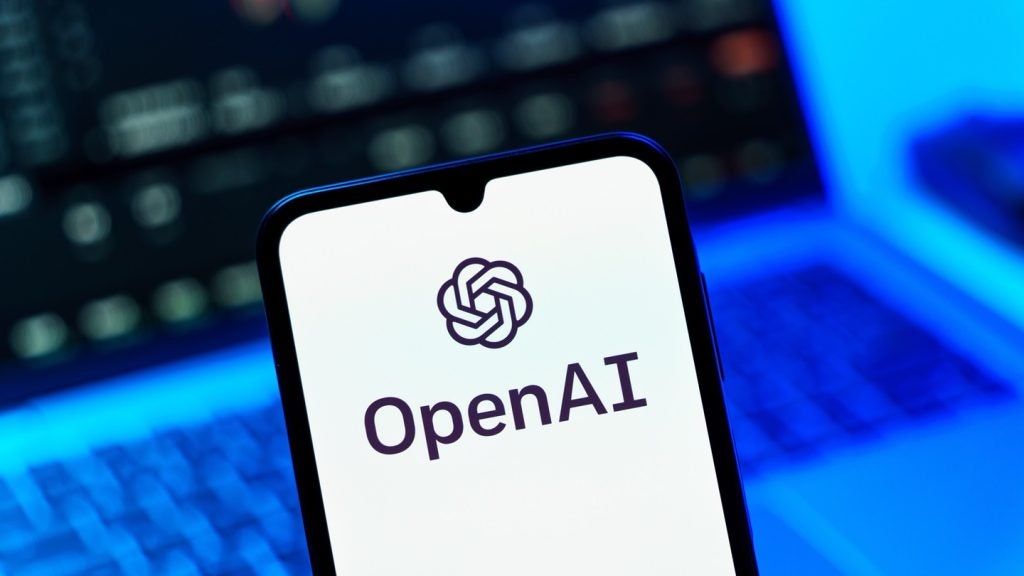SAS Institute. has been granted a patent for a method that enables a computing device to learn the optimal topological order of variables. This involves training a machine learning model, computing loss values, and determining the best order to represent hierarchical relationships among variables. GlobalData’s report on SAS Institute gives a 360-degree view of the company including its patenting strategy. Buy the report here.

Access deeper industry intelligence
Experience unmatched clarity with a single platform that combines unique data, AI, and human expertise.
According to GlobalData’s company profile on SAS Institute, Facial recognition AI was a key innovation area identified from patents. SAS Institute's grant share as of July 2024 was 80%. Grant share is based on the ratio of number of grants to total number of patents.
Best topological order vector for variable relationships
The patent US12056207B1 describes a non-transitory computer-readable medium containing instructions for a computing device to learn and define a topological order of a plurality of variables. The process begins by defining a target variable and input variables based on an identifier. The device then trains a machine learning model using observation vectors that include variable values. After training, the model is executed with a second set of observation vectors to compute an equation loss value, which is stored alongside the identifier. This process is repeated multiple times, allowing for the definition of a topological order vector that indicates the hierarchical relationships among the variables. The system computes a topological order loss value and identifies the best topological order vector based on these computations.
Further claims detail the methodology, including the use of mean squared error as a loss value, the potential for different observation vectors in subsequent iterations, and the storage of computed values in a structured array. The patent also outlines the steps for determining parent sets for each variable, which can be used to define a directed acyclic graph representing the hierarchical relationships. The instructions allow for multiple iterations and permutations to ensure comprehensive analysis, ultimately leading to the output of a best topological order vector that encapsulates the relationships among the variables. This innovative approach enhances the understanding of variable interdependencies in machine learning contexts.
To know more about GlobalData’s detailed insights on SAS Institute, buy the report here.
Data Insights
From

The gold standard of business intelligence.
Blending expert knowledge with cutting-edge technology, GlobalData’s unrivalled proprietary data will enable you to decode what’s happening in your market. You can make better informed decisions and gain a future-proof advantage over your competitors.







